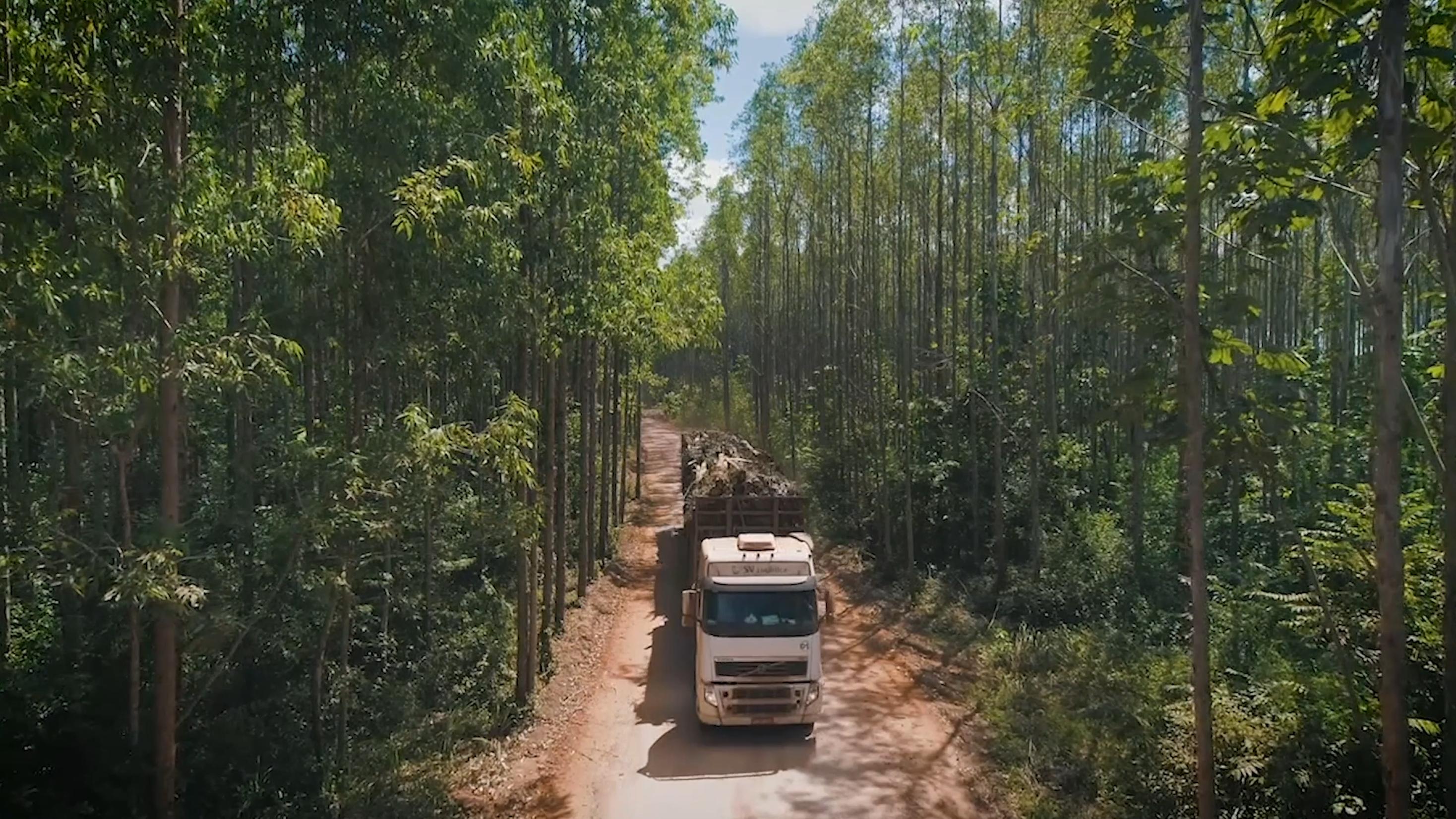
1 minute read
Brazil
by Ryan Loe
Brazilian Elliottis Pine: 60 Years of Plantation Management
The dissemination of forest plantations with the Pine genus in southern Brazil was initially under local government incentives, which implied the granting of resources to specific areas with less productive potential. Pine silviculture in southern Brazil was a process instituted by the country’s development strategy in the 60s and 70s. The plantation forests support a production chain that is fundamental to the Brazilian economy. Although some species of the Pine genus are considered invasive exotics, they contribute environmentally, socially, and economically to the development of Brazil's southern region, given the characteristics of the planting and management process coupled with the production of a sustainable, renewable resource. In fact, sustainable forest management supported by technological and genetic development is one of the Brazilian sector's global competitiveness pillars to ensure the country's notable ranking among the top pulp, plywood, and paper producers worldwide. The use and application of Pine wood over the past three decades have grown substantially, forming a fundamental component of a booming sector of the Brazilian economy. One of the main species of Pine planted in southern Brazil that SFI has included in the 2022 Catalog is Elliottis Pine due to its excellent adaptability to South Brazilian conditions. The Elliottis pine panels have proven to be a solid performer for our line of Structural and Industrial panels.









